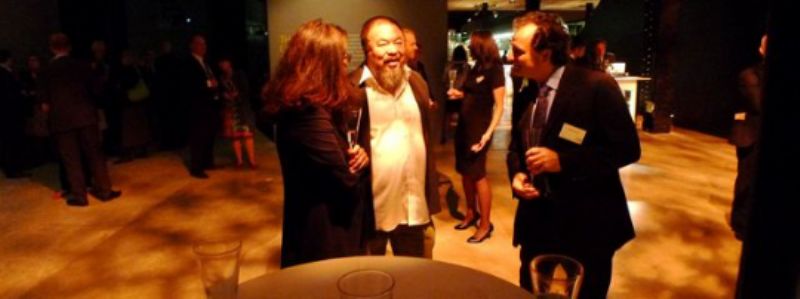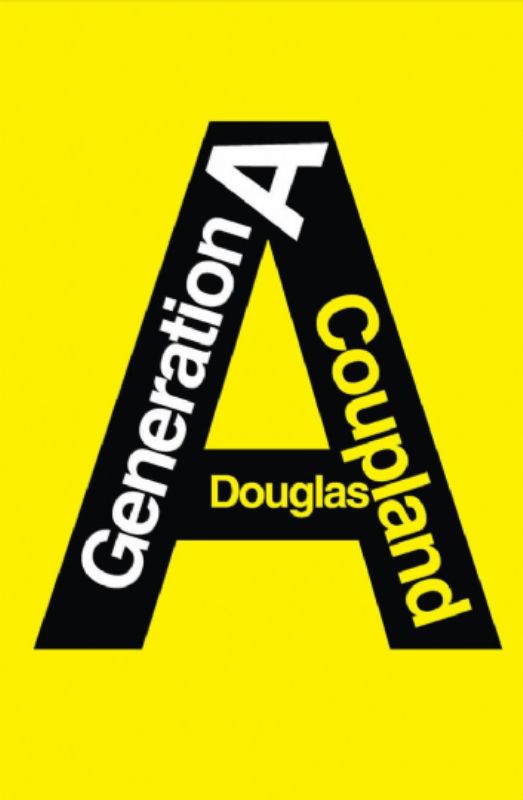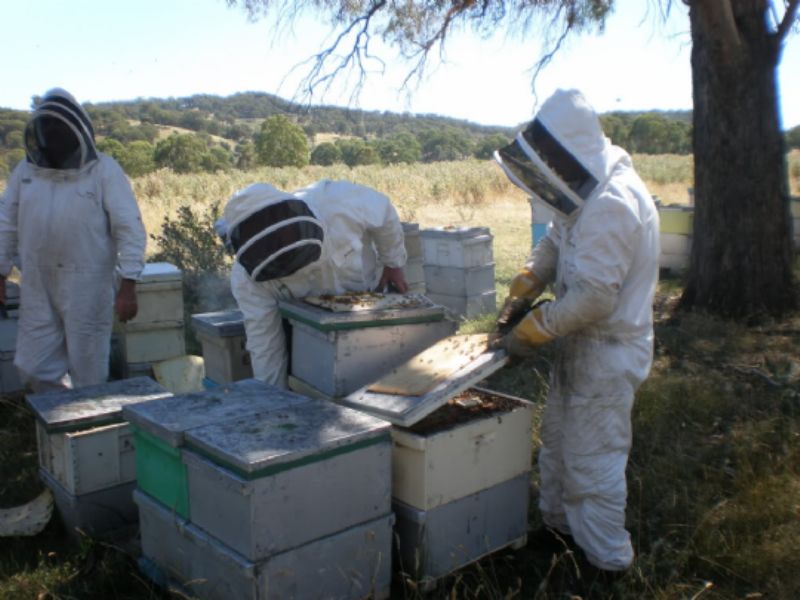Vote now and he’ll try. See here.
Blog
Comment on Novartis and animal welfare activism
I comment on the attacks by animal welfare activists on Daniel Vasella of Novartis in today’s FT online.
Into the Void
 Exhibition of past Unilever Series installations
Exhibition of past Unilever Series installations  Walking homeward
Walking homeward
Thanks to Unilever, Elaine and I have seen a number of the Unilever Series installations at the Tate Modern, including those by Rachel Whiteread (2005), Carsten Holler (2006) and Doris Salcedo (2007) efforts, of which we liked the second and third best. Today, we were invited to see the tenth commission for the series, ‘How It Is’, by Miroslaw Balka. A sense of what it’s like can be had here.
Find myself agreeing that the scale is impressive, but the effect is slightly undermined by the fact that one end of what looks like a gigantic front-loading waste skip is open to the light, so you are never really in the void. I get the links to the Holocaust, but this didn’t feel anything like that – in the sense that there was none of the sense of coercion or forced intimacy of the cattle wagons into which people were herded. The most interesting place to experience the thing, really, was underneath, where you could hear people shuffling around above – and imagine what they were feeling and saying. We talked to an interesting Indonesian diplomat there, about the massacres in his country in the 1960s.
Sat next to some intriguing people at dinner, mainly from the advertising industry, and had found ourselves introduced to Lord (Leon) Brittan and Sir Martin Sorrell when we first arrived. Talked to the former about the restaurant where they serve you in the dark and all the waiters are blind. He didn’t like the idea one bit. We talked about the links between taste, smell and sight. Then Gavin Neath of Unilever mentioned that they had carried out research where perfectly good steaks were coloured green – and people disliked the taste, not just the colour.
Which came first …
Talking to Sean Harrigan this week, at the Global Reporting Initiative (GRI) Board meeting in Amsterdam – he used to be President of CalPERS – we got into the question of which came first, the double bottom line – or the triple bottom line?
I have always assumed TBL (which I coined in 1994) came first, because I hadn’t heard of rival multiple bottom line concepts at that point, but I didn’t know. Jed Emerson’s work on blended value then followed both, looking for ways of breaking down the implicit silos between the different areas of value creation – or destruction.
Sean noted that CalPERS had done a good deal of work on the DBL front from the early years of the 21st century, but I’d be obliged if anyone knows where and when the DBL formulation was first used.
Generation A and the Bees
VERY few books keep me abed until I have finished them, but Generation A did this morning. One of the things that held me was the way a sequence of stories told by people who had been stung by bees after these and other insects had disappeared from the planet accumulated to create a spooky bigger picture. Few things have nagged at my worry centres more in recent years than what has been labelled Colony Collapse Disorder.
Time and again, as I read the book, I felt a creepy sense that this was our future. Just as William Gibson’s books have crept back from a far distant future to a mutated present, Coupland – for me – has moved ever closer to home, and here the account of the environmental and social externalities caused by the drug Solon resonated powerfully, echoing (but amplifying) a pattern of corporate exploitation we have seen time and again as the environmental movement has struggled to find its wings.
Then I came downstairs to read the papers, stood by one of the kitchen windows and looked out into the garden through a giant spider web. As I watched a honeybee, illuminated by the morning sun, flew smack into one of the gossamer threads and, before I could get outside to rescue it, it was spun into a cocoon by a blur-legged spider.
RIP at least this example of Apis mellifera. For more on the broader trend, see the film The Vanishing of the Bees – though I confess I haven’t seen it yet.
Odd to think that when I was in my teens, I wanted to keep bees. I recall visiting a beekeeper in Pembrokeshire who used a black-painted box as a solar heater to melt old honeycombs from his hives. The combs were almost black, but as the sun worked its spell, the wax flowed through a screen into old Fray Bentos tins, turning into golden ingots.
A few years later, Kerry Effingham, a great friend, passed on a pair of hives and a honey separator when one of her uncles died. (I adored the smell when she whipped up beeswax with turpentine to make her furniture polish. Still have the small table she would polish religiously, its top scored by great black raking marks where the men in ages gone used to place their spurred heels.) For many years the hives and honey collector collected dust in an outbuilding at Hill House – and finally disappeared.
But the idea of living closely with bees has persisted, summed up by a sunset-illuminated moment in the film, The Spirit of the Beehive, where – if memory serves – bees fly into a hive inside a home.
There’s a wonderful passage in Generation A where Mother Nature puts in an appearance. Can’t say I saw her the same way Coupland did when he was growing up, when I was young. “Mother Nature was this reasonably hot woman who looked like the actress Glenn Close wearing a pale blue nightie.” (Aside: not what she was wearing when she surprised us by dropping in on us at SustainAbility a few years back.) “When you weren’t looking, she was dancing around the fields and the barns and the yard, patting the squirrels and French kissing the butterflies. After the bees left and the plants started failing, it was like she’d returned from a Mossad boot camp with a shaved head, steel-trap abs and commando boots, and man, was she pissed.”
Have had a growing urge in recent months to do more in relation to Nature, though not out of any great desire to waltz around the yard with a Bunny Boiler in a blue nightie.
Still from The Vanishing of the Bees, showing beekeepers in Australia


